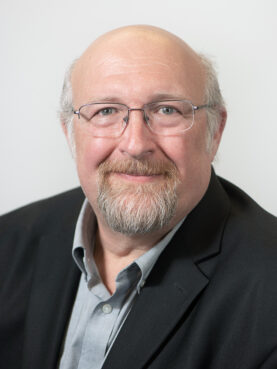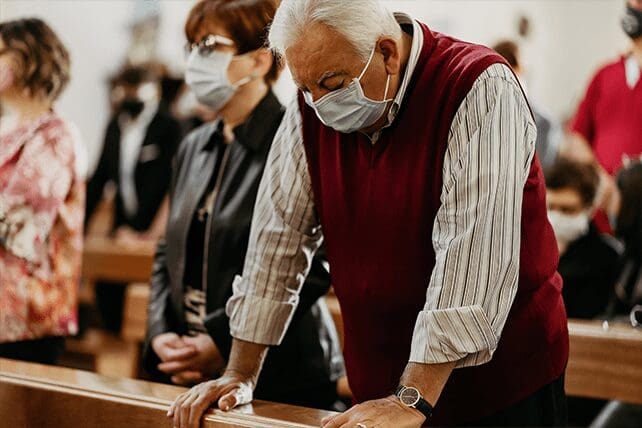“These are the people who haven’t completely separated,” he said, so there is still a chance to reengage with them.
The folks who rarely attend services are also most at risk of disappearing completely. If that happens, churches and denominations would be in big trouble, said Cox.
“There are millions of people in that category,” he said. “If they go, I think it’s going to cripple a lot of a lot of denominations, and a lot of congregations are going to have to fold.”
Cox also worried about an increase in what he called “religious polarization,” between people who are active in religious congregations and those who have no involvement at all.
“We’re going to quickly come to a place where a good chunk of the country is not only going to have different views about religion, and different religious experiences, they’re not going to be able to relate to each other in any real way,” he said.
Reengaging with people who have loose ties to churches will not be easy, said author and scholar Diana Butler Bass, who studies the changing religious landscape. Some people may prefer to attend services or engage spiritual practices online. Others have family challenges and aren’t able to attend.
And disputes over theology and liturgy can make it difficult to be part of a church.
Then there’s the human element.
Even before the pandemic, Americans were experiencing a loneliness crisis, with fewer spending time with friends or participating in social and civic activities. Many have lost the habits and skills of making friends and creating community, said Bass.
“Churches haven’t really figured that out,” she said. “They often say they are friendly but aren’t really — and lack ways of speaking about friendship theologically and developing friendship as a genuine practice of community.”
The decline in attendance overall comes at a time when many congregations are struggling. The median congregation size in the United States dropped from 137 people in 2000 to 65 as of 2020, according to the Faith Communities Today study. Those Americans who do attend services often go to large congregations, leaving many smaller local churches and houses of worship in difficult straits.
Most congregations have seen attendance decline by about a quarter during the pandemic, said Scott Thumma, director of the Hartford Institute for Religion Research at Hartford International University. That decline has hit smaller churches particularly hard. Most churches, he said, have fewer than 100 people. If 25 people are missing from those churches, that has a huge impact.

Scott Thumma. Photo by Shana Sureck Photography
During the early days of the pandemic, Thumma said, churches innovated because they had to in order to survive. Now that the crisis of the pandemic has ebbed, they need to make long-term adaptations.
“What happened in the pandemic is that all of us were huddling in the basement, while a tornado was going over our heads,” he said. “Now everyone has come out of the basement and everything is completely different. Now we have to be intentionally creative.”
Churches also need to remind people of the importance of gathering together and to invite people to get involved in community outreach and other acts of service, said Thumma, such as volunteering for a food pantry or other ministry.
“Everything has to be hyper-intentional now,” he said.
While things are difficult, focusing on the future works better than just looking at things that are going wrong, said Thumma, who often consults with congregations and is the principal investigator in the long-term study Exploring the Pandemic Impact on Congregations.
“The focus should be, how can we become a better church — rather than, how do we re-create what we used to have?”
(Ahead of the Trend is a collaborative effort between Religion News Service and the Association of Religion Data Archives made possible through the support of the John Templeton Foundation. See other Ahead of the Trend articles here.)
This article originally appeared here.

